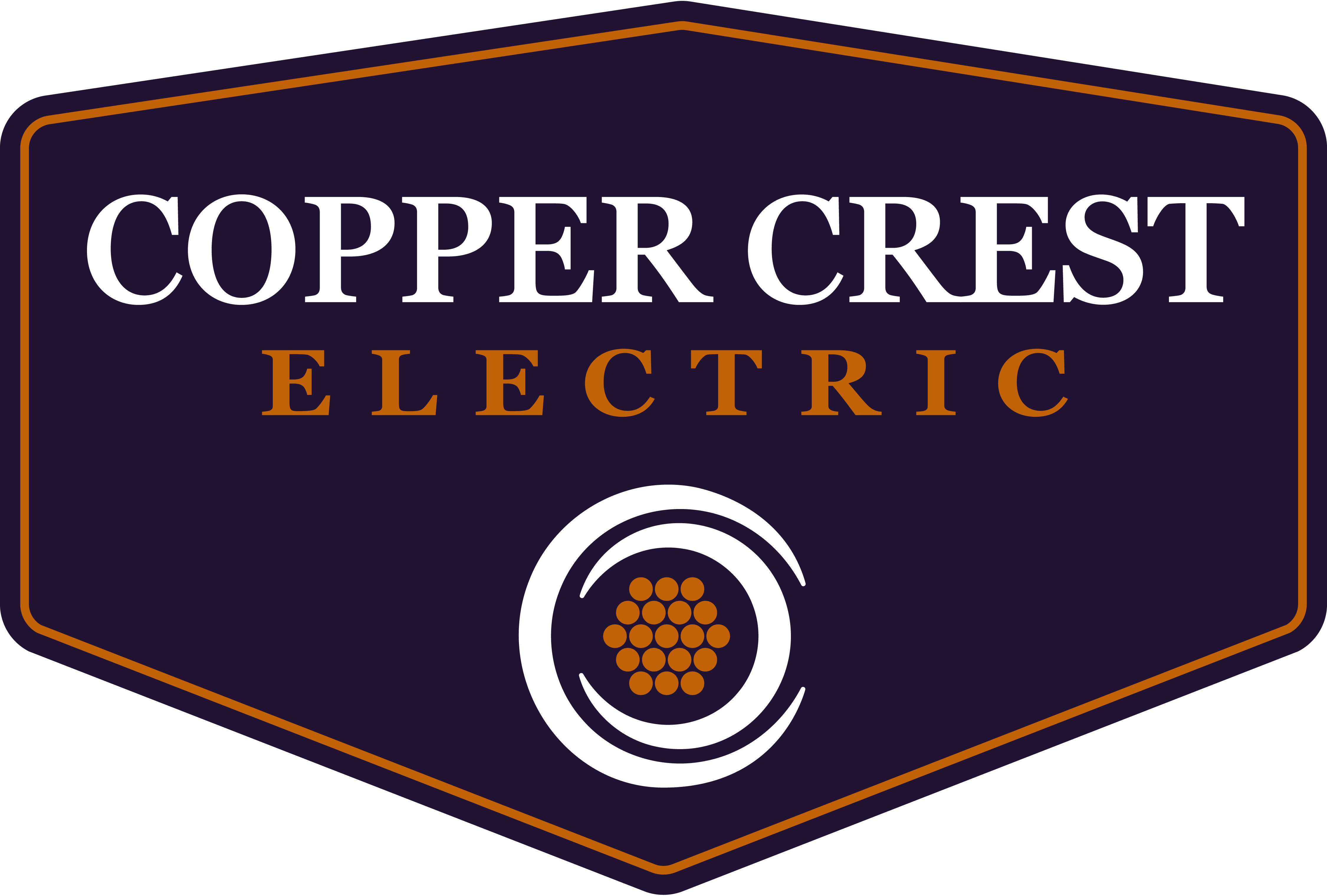Is Solar Still Worth It in 2025?
What California Homeowners Need to Know
From high electric bills to growing environmental concerns, solar power has long seemed like a no-brainer for California homeowners. But as we enter 2025, the solar landscape in the Golden State has shifted, and not always in ways that make it easier to decide.
Whether you’re planning your first solar installation or trying to understand if solar still makes financial sense under the new rules, this guide will break down the key changes to the modern solar landscape, the pros and cons of solar in California today, and what to consider before making the leap.
A Quick Look Back: What Changed in California Solar Programs
2016–2022: The Golden Age of Net Metering
During these years, most homeowners benefited from Net Energy Metering 2.0 (NEM 2.0), a program that allowed solar owners to earn nearly full retail credit for excess electricity sent back to the grid. Combined with federal tax credits and generous local incentives, installing solar was a smart and fast payback investment.
2023: NEM 3.0 Changes Everything
In April 2023, NEM 3.0 went into effect, slashing the export rate for excess solar energy by nearly 75%. Instead of getting full retail credit, homeowners under NEM 3.0 now receive the “avoided cost rate,” which is based on the utility’s cost of generating or purchasing electricity, significantly lower than retail prices.
This change dramatically altered the economics of solar, especially for homes without batteries. Under NEM 3.0, solar-only systems can take 10–15 years to pay off, whereas solar-plus-storage setups can provide better return on investment by allowing homeowners to store power and use it during peak utility rates.
2024–2025: Adjusting to a Battery-First World
In response to NEM 3.0, more Californians began bundling battery storage with solar installations supported in part by the Self-Generation Incentive Program (SGIP) and local rebates from municipal utilities. Some cities also introduced solar mandates for new construction and ADUs, reinforcing the state’s long-term commitment to clean energy, even as the path became more complex.
Pros of Going Solar in 2025
Reduce High Electricity Bills
With California’s tiered and time-of-use (TOU) rate plans, solar can still dramatically reduce your energy bills, especially with a battery system that allows you to store daytime energy and use it in the evening when rates spike.
Gain Energy Independence
With extreme weather, rolling blackouts, and PG&E’s public safety shutoffs, many homeowners are prioritizing resilience. A solar-plus-battery system can keep your essentials powered even when the grid goes down.
Incentives Are Still Available
The federal solar tax credit remains at 30% through 2032, and battery incentives through SGIP are available for both residential and low-income applicants. These can make a big difference in offsetting upfront costs.
Boost Your Property Value
Homes with solar (and especially solar-plus-storage) continue to sell for more and spend less time on the market, a major plus for long-term value.
Cons to Consider
NEM 3.0 Slows Payback for Solar-Only Systems
Without a battery, your system’s ROI can be significantly lower under NEM 3.0. You’re paid less for the power you export, so sizing your system and storage properly is more important than ever.
Upfront Costs Remain High
Even with tax credits and rebates, the average cost of a solar-plus-storage system in California ranges from $25,000 to $35,000. Financing can help, but understanding your break-even point is crucial.
Not Every Roof Is Solar Ready
Shading, roof orientation, or structural issues may limit your solar potential. A licensed contractor should perform a full assessment before moving forward.
Key Things to Know Before You Install in 2025
Time-of-Use Rates Matter More Than Ever
You’ll save the most if you can avoid drawing energy from the grid during peak hours (typically 4–9 PM). Batteries help shift your usage patterns to optimize savings.
Local Rebates and Rules Vary by City and Utility
While SDG&E, PG&E, and SCE follow NEM 3.0, municipal utilities like LADWP or SMUD may have different rules and incentive structures. Always check with your local utility before you sign.
Battery Storage Can Be a Game-Changer
Pairing solar with a battery makes you less dependent on grid compensation and more resilient during outages. Look for systems with smart energy management features to track performance in real time.
Should You Still Go Solar in 2025?
Yes, but let’s consider the facts. Solar is no longer a simple plug-and-play solution in California. To get the most value, you need to size your system based on your actual energy usage, account for time-of-use rates and peak demand, pair it with battery storage, and take full advantage of available rebates and tax credits.
Thinking About Going Solar?
At Copper Crest Electric, we help California homeowners design smart, efficient solar systems that make sense under NEM 3.0. Whether you’re starting from scratch or upgrading your current setup, we’ll help you navigate the new rules and choose the right system for your needs.

Leave a Reply